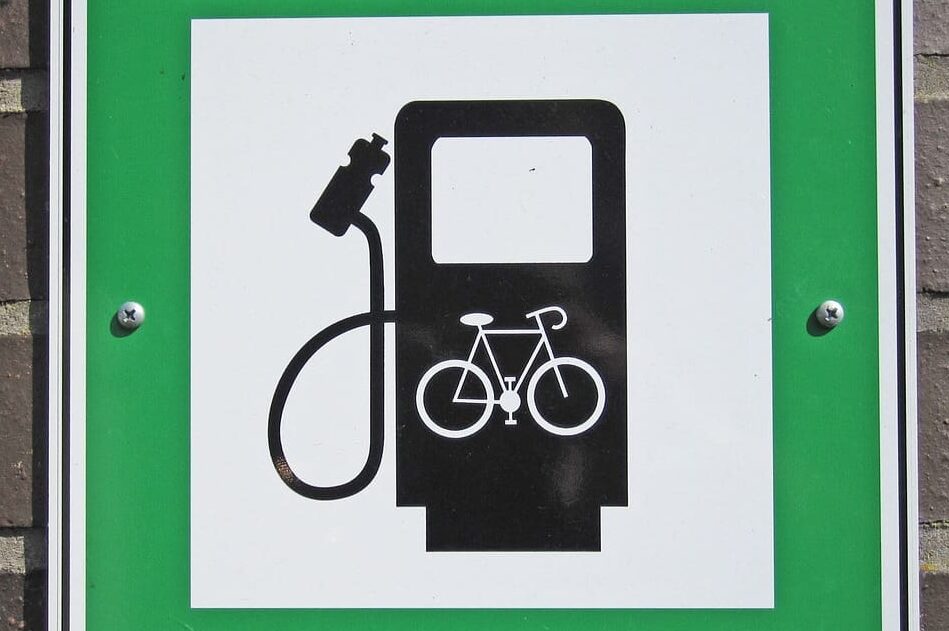The London Fire Brigade (LFB) is blaming a lithium electric vehicle (EV) battery for a major fire at the Royal Courts of Justice last week.
Chaos erupted last Tuesday after the sudden fire damaged a storage room inside the courthouse. Traffic was disrupted and 1,500 people were evacuated as approximately 15 firefighters and three fire trucks responded to the blaze.
Following an investigation, LFB officials say the fire was caused by an e-bike battery failure.
“Whilst E-Bikes and E-Scooters offer a great way round the city, if the batteries become damaged or begin to fail they can start incredibly ferocious fires,” the LFB said in a statement reported by the Daily Mail. “Lithium battery fires can spread quickly out of control, and within minutes have started a large fire. When these batteries are charged in communal areas or escape routes, a fire breaking out can quickly block people’s ability to escape.”
Last year the LFB responded to fires ignited by e-bike or e-scooter batteries every other day on average.
Authorities are recommending additional safety precautions for EVs in response to an increasing number of reports of EV batteries exploding after collisions. In the UK, repair shops are required by government guidelines to “quarantine” EVs that sustain even minor battery damage, meaning that the EVs must be kept at least 15 meters apart from other vehicles. To reduce the risk of combustion, government representatives have proposed requiring wider parking places for EVs. They have also recommended installing thermal monitoring cameras to spot EVs that are about to experience a “thermal runaway.”
Once EVs combust it can be difficult to put out the flames. Some statistics show that after the initial combustion, 13% of electric vehicles suffer another fire.
These safety issues and their ensuing costs have also caused an insurance crisis in which several car insurers are either tripling premiums or denying insurance for EVs altogether.
Average insurance rates for EVs have increased 72%, the Telegraph reported, compared to a 29% increase for gas-powered vehicles. Some EV owners are being offered premiums of more than $120 a week, while others are receiving quotes twice or even three times higher than the previous year.
Some car insurers have decided to stop insuring EVs completely. John Lewis Financial Services ceased providing insurance coverage for electric vehicles in September, whereas Aviva only recently reinstated their insurance offerings for the Tesla Model Y after previously discontinuing them earlier last year.




